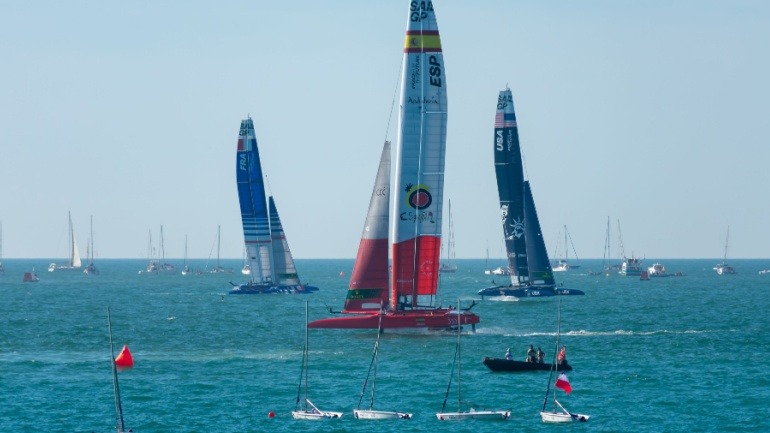The Shared Rural Network (SRN) is revolutionizing rural connectivity in Wales by unleashing 30 government-funded 4G mast upgrades. Enhancing mobile connectivity in areas like Llangernyw and Eryri National Park, the SRN empowers local businesses and residents.
AT&T’s nationwide 5G RedCap network enhances IoT applications with energy-efficient solutions, transitioning from the decommissioned NB-IoT network. RedCap supports devices like wearables and AR gadgets, marking a shift to cost-effectiveness.
Sparkle has expanded its presence in Greece with a second Point of Presence in Thessaloniki, enhancing international connectivity for Greece and the Balkans. The new facility offers Tier 1 IP services, advanced security, and access to major cable systems, reinforcing Thessaloniki’s role as a digital hub.
Rogers Communications has launched Canada’s first satellite-to-mobile service, bringing connectivity to remote regions. Using low Earth orbit satellites and national wireless spectrum, the service enables texting and emergency access where traditional networks fail.
Ericsson and Liberty Latin America’s launch of Costa Rica’s first 5G Standalone (SA) network represents a pivotal leap in Central America’s digital evolution. This transformative 5G infrastructure, powered by Ericsson’s revolutionary technology, spans over 1,400 sites, enhancing connectivity for 3.7 million subscribers.
EXA Infrastructure sets a new benchmark in digital connectivity by launching the first new North Sea subsea cable in 25 years. This 1,200 km fibre route, including a critical 115 km subsea segment, connects London, Frankfurt, Amsterdam, and Brussels, enhancing Europe’s capabilities.
DIDWW has expanded its number portability service to 41 countries, enabling seamless number transfers and VoIP access for businesses and telecom operators. With a user-friendly platform, large-scale porting capabilities, and global coverage, DIDWW empowers customers to scale their communications.
BT and Nokia are teaming up for SailGP Portsmouth with a groundbreaking 5G setup. Using public and private 5G slices, the network boosts race operations, media, and fan experiences. This first-of-its-kind deployment highlights the power of network slicing and seamless connectivity.
Kenya is transforming digital connectivity in the Horn of Africa with a high-capacity fibre optic corridor on the Isiolo-Mandera route. Supported by World Bank funding, this initiative aims to enhance digital integration and connect underserved communities.
Indosat Ooredoo Hutchison is joining forces with Cisco and Nvidia to launch an AI Center of Excellence in Indonesia, aiming to propel local AI innovation. Leveraging Nvidia’s technology and Cisco’s security solutions, the project seeks to train a million Indonesians in AI by 2027.













